The Beijing Palace Museum
The Beijing Palace Museum was established on October 10, 1925, and is located in the Forbidden City of the Beijing Palace Museum. Based on the palaces of Ming and Qing dynasties and their collections, the comprehensive museum of China is also the largest museum of ancient culture and art in China. Its collection of cultural relics mainly comes from the old collection in the palace of Qing Dynasty, and is the first national demonstration base of patriotism education.
Since January 1, 2014, the Beijing Palace Museum closes almost every Monday.
The Beijing Palace Museum is located in the Forbidden City, the Palace Museum of Beijing. Beijing Palace Museum is the first batch of national key cultural relics protection units, the first batch of national 5A-level tourist attractions, and the advanced units in the ideological and moral construction of minors in China. It was selected into the World Cultural Heritage List in 1987.
In October 2018, the Palace Museum released its first thematic functional game and its first music album on ancient paintings, opening the prelude of the Palace Museum of Wisdom.
The Palace Museum is the imperial palace of Ming and Qing Dynasties (1368-1911 A.D.). According to the ancient Chinese astrology theory, Ziweiyuan (i.e. Polaris) is located in the middle of heaven, where the Emperor of Heaven resides, and the Heaven and Man correspond. It is also known as the Forbidden City. After taking the throne, Zhu Di, the third emperor of the Ming Dynasty, decided to move his capital to Beijing. He began to build palaces in 1406 A.D. and completed them in the eighteenth year of Yongle in the Ming Dynasty (A.D. 1420). In 1911, the 1911 Revolution overthrew China's last feudal monarchy, the Qing Dynasty. In 1924, Emperor Ai Xinjueluo Puyi was expelled from the palace.
After the victory of the 1911 Revolution, the Qing Dynasty government announced its abdication. The Palace should have been nationalized. However, according to the Preferential Conditions for the Qing Dynasty formulated by the interim revolutionary government at that time, Puyi, Emperor Xun, was allowed to "temporarily live in the imperial palace", that is, the "back bed (inner court) in the back of the Forbidden City. At that time, the government decided to move the cultural relics of the Rehe (Chengde) Xinggong (Chengde Summer Resort) and Shengjing (Shenyang) Forbidden City to the "Pre-Dynasty (Foreign Dynasty)" part of the first half of the Forbidden City, and established the Antiquities Exhibition House in 1914.
Puyi, who lived in the palace with the remnants of the late Qing Dynasty, had been trying to recover, and stole a large number of cultural relics from the palace under the names of rewards, pawns and repairs, which attracted serious attention from all walks of life. In 1924, Feng Yuxiang launched the "Beijing coup", organized the Regent Cabinet, revised the preferential conditions for the Qing Royal family, expelled Puyi from the palace and took over the Forbidden City, and set up the "Commission for the Rehabilitation of the Qing Dynasty", which was responsible for cleaning up the public and private property of the Qing royal family and dealing with all aftermath matters.
On September 29, 1925, the Committee for Handling the Rehabilitation of the House of Qing formulated and adopted the Outline of the Provisional Organization of the Palace Museum, setting up an interim Board of directors to "agree on important matters of the whole court", consisting of Yan Xiu, Lu Yongxiang, Cai Yuanpei, Xiong Xiling, Zhang Xueliang, Zhang Bi, Zhuang Yunkuan, Lu Zhonglin, Xu Shiying, Liang Shihao, Xue Biao, and Xiong Xiling. Huang Qian, Fan Yuanlian, Hu Ruoyu, Wu Jingheng, Li Zushen, Li Zhongsan, Wang Daxie, Wang Zhengting, Yu Youren, Li Yunying and so on. Provisional Council is also set up to "carry out the affairs of the whole courtyard", with nine members on board. Build the museum and library. Li Yu-ying is the interim director and chairman, Yi Peiji is the curator of the antiquities museum, and Chen Yuan is the curator of the library.
The Committee for the Rehabilitation of the Palace Museum has checked and collected the cultural relics of the Palace Museum room by room. After the completion of the checkup, a total of 6 volumes and 28 volumes of the Palace Museum Articles Check Report were published, totaling more than 94,000 cultural relics numbered 117,000. According to the publication of the Report on the Review of the Commission for the Rehabilitation of the Qing Dynasty in 1925, the cultural relics left over by the Qing Dynasty include three generations of Dingyi, ancient jades, famous calligraphy paintings of Tang, Song, Yuan and Ming Dynasties, Song and Yuan ceramics, enamel, lacquerware, gold and silver wares, bamboo and wood horns, golden and bronze religious statues, as well as a large number of emperors and empresses'and concubinesses' clothing and clothing. Material and furniture, etc. It can be said that gold, emerald, pearls and jade, exotic treasures, the world's wealth, all gathered here. In addition, there are a large number of books, books and archives. For this reason, the Palace Museum has an antiquities museum, a library and a documentary library, which organize manpower to continue sorting out the cultural relics, open exhibition rooms in the Palace Museum, organize various exhibitions, edit and publish various publications, publish materials and publicize them. Every work has been carried out in a vivid and colorful way, with a great collection of Humanities and a momentary flourish.
After a year of intensive preparations, on October 10, 1925, a grand ceremony of building the Palace Museum was held in Qianqingmen Square, and the whole country was telephoned to announce the formal establishment of the Palace Museum. On the first day of opening up, people rushed to see the mysterious palace and its treasures first. Traffic congestion caused by the empty lanes in Beijing has also become a major news in major newspapers on that day.
Beijing Palace Museum is located in the center of Beijing City, 753 meters wide in East and west, 961 meters long in North and south, covering an area of more than 723600 square meters, surrounded by 10 meters high wall and 52 meters wide moat (Chengzi River). There is one gate on each side of the wall: the South famous Wumen Gate, the North Shenwumen Gate, the left and right Donghua Gate and the West China Gate, of which the noon Gate is the entrance for visitors and the Shenwumen Gate is the exit for visitors. The total area of the ancient buildings in the city is about 160,000 square meters (163,000 square meters in one word). The layout of the whole palace building is rigorous and orderly. The layout and shape are designed and constructed in strict accordance with the feudal etiquette system and the theory of Yin-Yang and Five Elements, reflecting the supreme authority of the emperor.
The opening time of the Palace Museum will be changed according to the light and peak seasons, and the opening time will be extended or shortened in case of statutory holidays, major events or special circumstances. Please keep an eye on the announcement on the official website of the Palace Museum.
The Palace Museum announced on November 18, 2013 that it plans to close all day on Monday from January 1, 2014, except for statutory holidays and summer holidays (July 1 to August 31 each year).
Every year from April 1 to October 31, the peak season opening time is 8:30 for ticket selling and opening, 16:00 for ticket stopping (including clock hall and treasure hall), 16:10 for stopping and 17:00 for clearing.
From November 1st to March 31st of next year, off-season opening time is adopted: 8:30 for ticket sales and admission; 15:30 for ticket stopping (including clock and treasure hall); 15:40 for stopping admission.
Since July 2, 2011, the Palace Museum has implemented a one-way tour route from south to north: the Wumen (South Gate) is only the entrance to the Palace Museum, and all visitors enter the Palace Museum from the Wumen (South Gate); the Shenwumen (North Gate) is only the exit for visitors, and the visitors can leave the Palace Museum by the Shenwumen or Donghua Gate (East Gate) after the end of the visit.
Smoking is strictly prohibited in any place in the Palace Museum. No scribbling is allowed. Do not use flash or tripod when taking photos in the exhibition hall.
There is no special parking lot in the Palace Museum. The nearest public parking lot is outside Donghua Gate, Jingshan Backstreet and BeiHainan Gate. The parking space is limited. It is suggested that tourists take public transport vehicles to visit the Palace Museum.
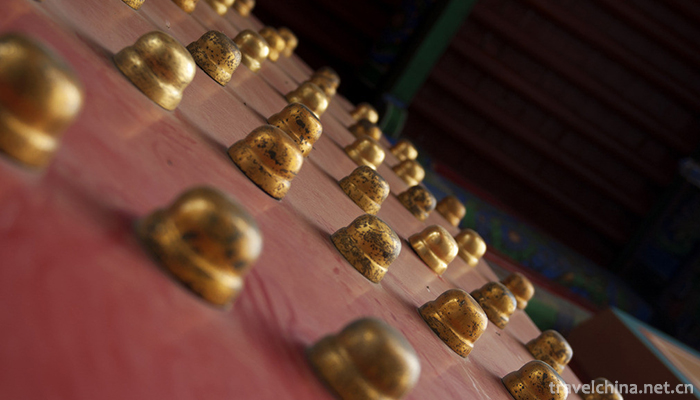
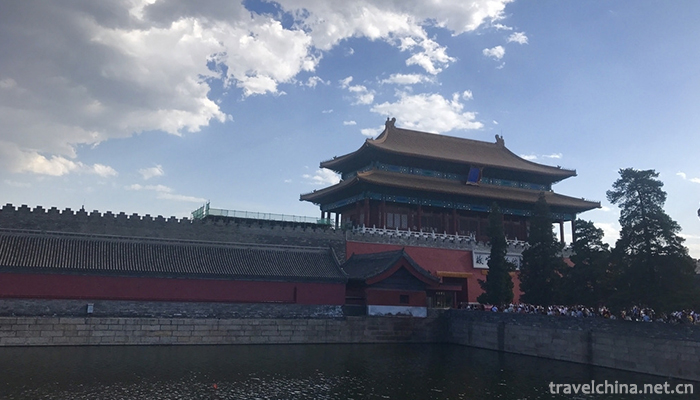
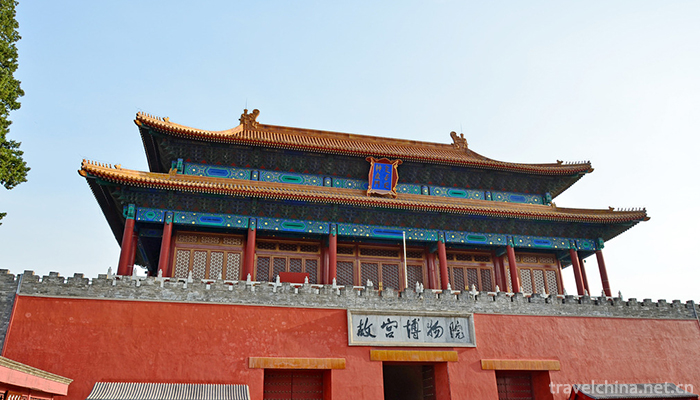

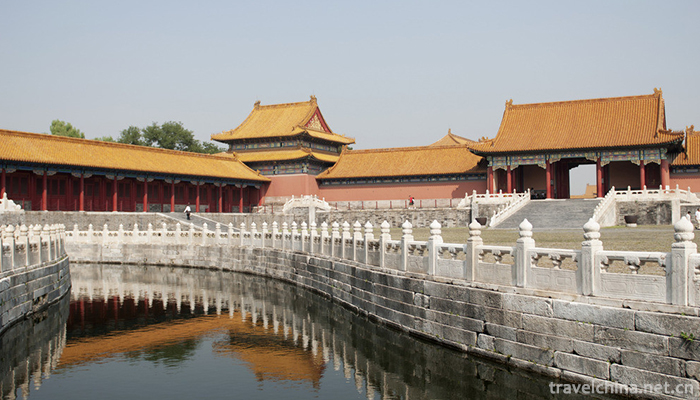

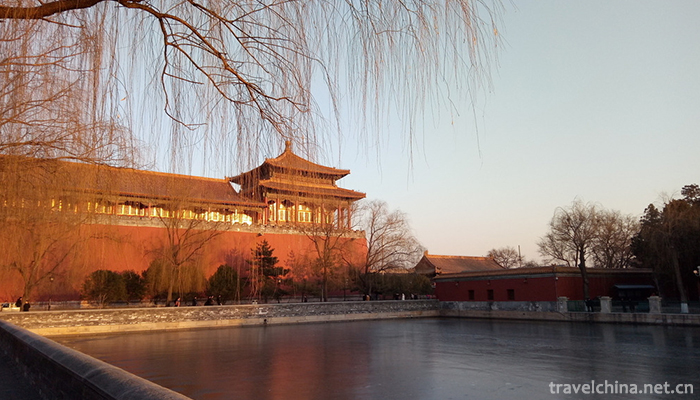
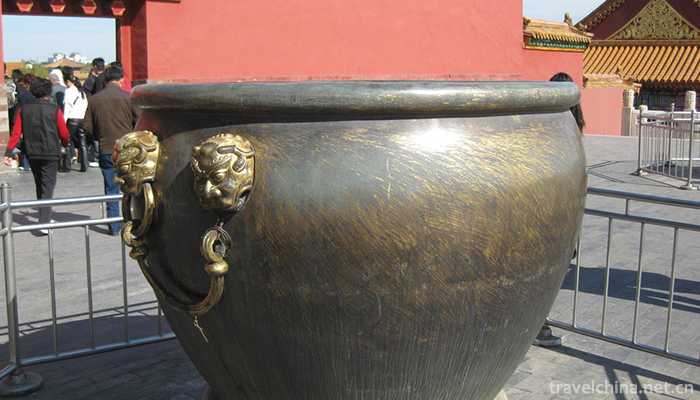
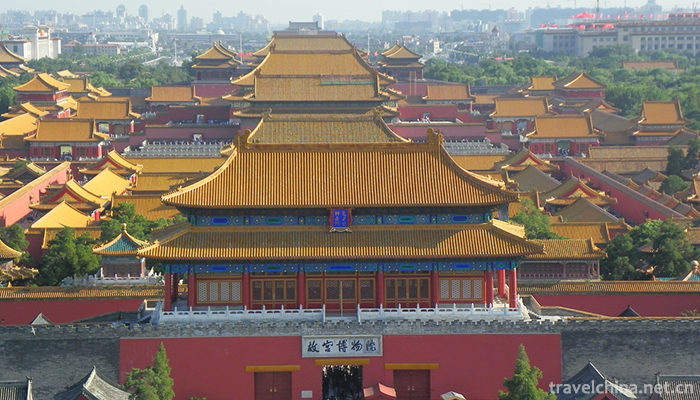
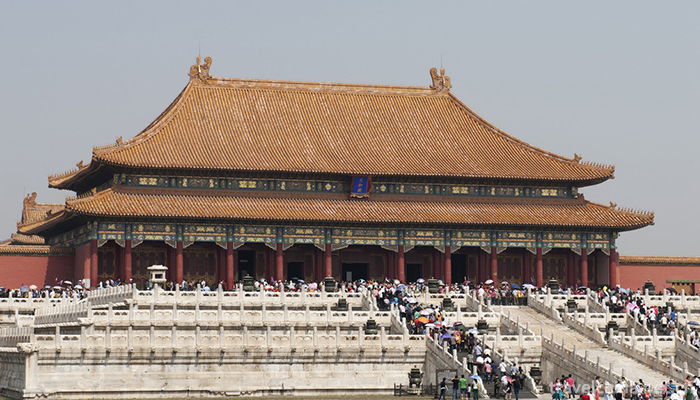
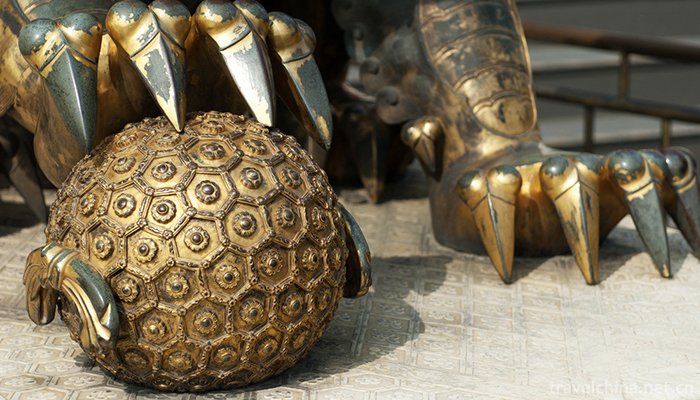
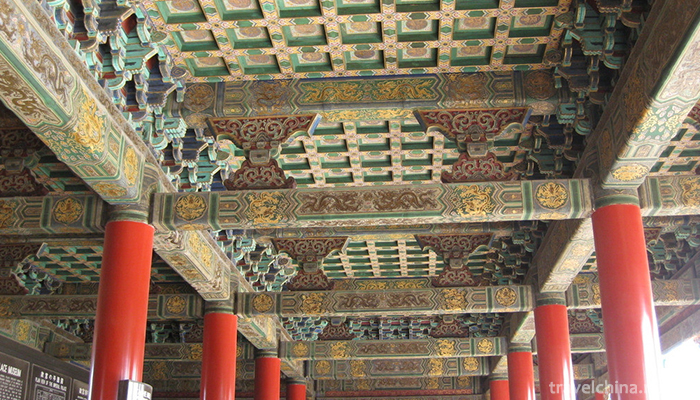
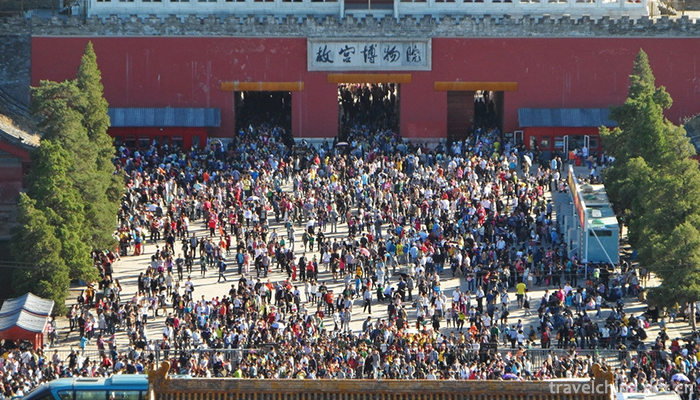
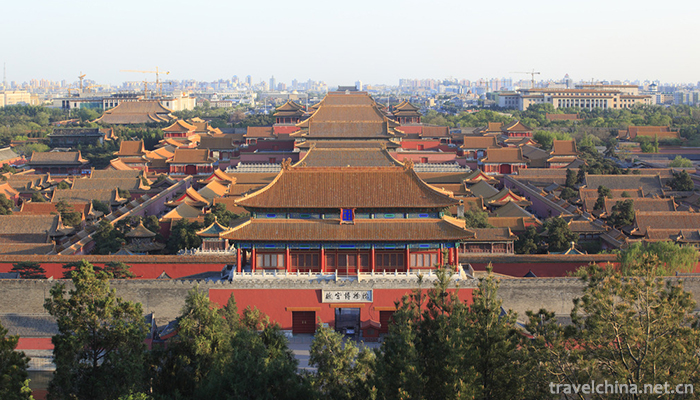
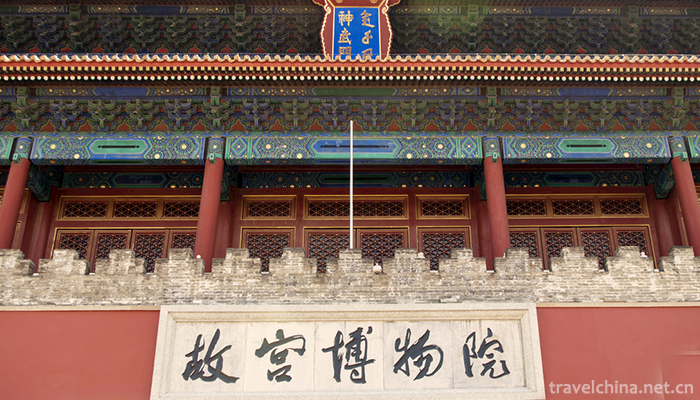
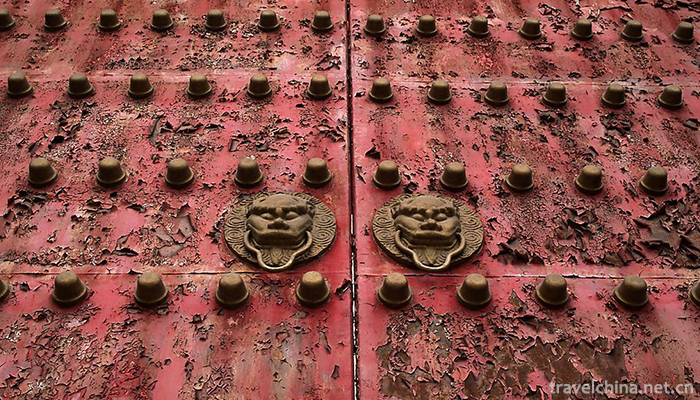
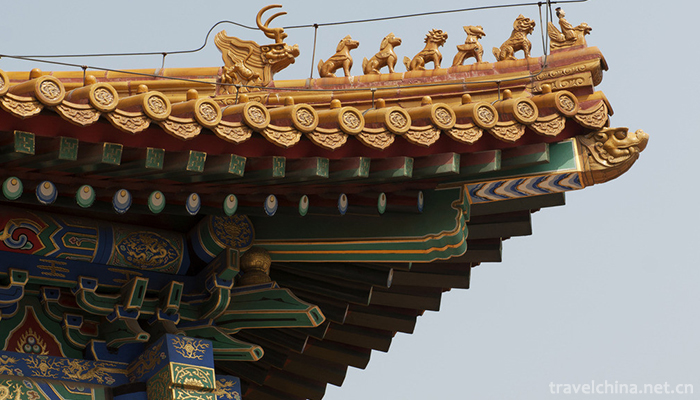

-
1.Mountain Lushan
Mount Lu, also known as Kuang Shan and Kuang Lu, is located in Mount Lu City, Jiujiang, Jiangxi province. It is located between the east longitude 115 degrees 52 '- 116 degrees 8'
Time 2018-10-30 -
2.Jizu Mountain Scenic Spot in Binchuan
Jizu Mountain is located in a cave-making area about 20 kilometers west of Binchuan County, Yunnan Province, 90 kilometers away from Dali City. It is named for its three peaks in the front and a ridge
Time 2019-01-03 -
3.Steamed egg with sand
Steamed eggs with ginseng sand is a traditional Chinese medicine, which has the effect of invigorating qi, nourishing blood and soothing the mind.
Time 2019-03-24 -
4.Eight treasures fragrant glutinous rice
Babao Xiangnuo is a famous dish in Zhejiang Province. It is cooked with glutinous rice as its main ingredient. It has the characteristics of soft glutinous rice and fragrant teeth.
Time 2019-03-26 -
5.Auspicious gongs and drums in southern Shanxi
Weifeng gongs and drums in southern Shanxi are folk traditional percussion music which was born and popular in Linfen area of Shanxi Province. The first batch of them were selected into
Time 2019-05-07 -
6.Shouning North Road Drama
Shouning North Road Opera, commonly known as Fujian Random Bomb and Hengshao Opera, came into being after Random Bomb entered Fujian in the mid-Qing Dynasty, such opera troupes as road work, off-road
Time 2019-06-15 -
7.Netboat Club
Netboat Club is an ancient traditional folk custom and folk religious and cultural activities. During the period of the Republic of China, around the Qingming Festival and the Mid-Autumn Festival, ten
Time 2019-06-26 -
8.Sichuan Minzu College
Sichuan College for Nationalities is a full-time general undergraduate college in Sichuan Province. It is also the only national undergraduate college in Kangba Tibetan District. It is located in Guza
Time 2019-08-31 -
9.Steamed pork with rice flour
Yuan Mei, a Qing Dynasty poet of steamed pork with rice flour, is a Jiangxi dish in Suiyuan food list. It belongs to a variety of cuisines in southern China (such as Sichuan, Chongqing, Hunan, Anhui,
Time 2020-03-22 -
10.Guangyuan natural resources
There are more than 4700 water conservancy projects in Guangyuan City, including 6 medium-sized reservoirs and 558 small reservoirs. There are 1.583 million mu of water area, 6.867 billion cubic meters of water resources and 1 billion cubic meters
Time 2020-12-15 -
11.Nanchong medical and health
By the end of 2019, Nanchong has 8457 medical and health institutions (including village clinics), including 166 hospitals and 8250 primary medical and health institutions. The number of beds in medical and health institutions was 43726, an increase of 4.9% over 2018
Time 2020-12-17 -
12.Yibin secondary industry
In 2019, the total industrial added value of Yibin City is 99.082 billion yuan, an increase of 9.5% over the previous year, and its contribution rate to economic growth is 45.5%. At the end of the year, there were 824 Industrial Enterprises above Designated Si
Time 2020-12-18